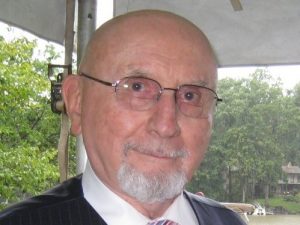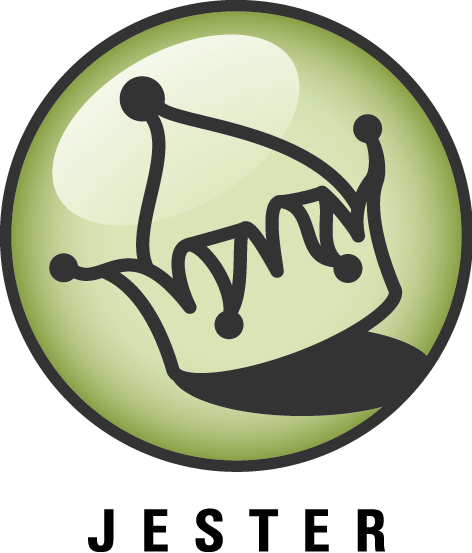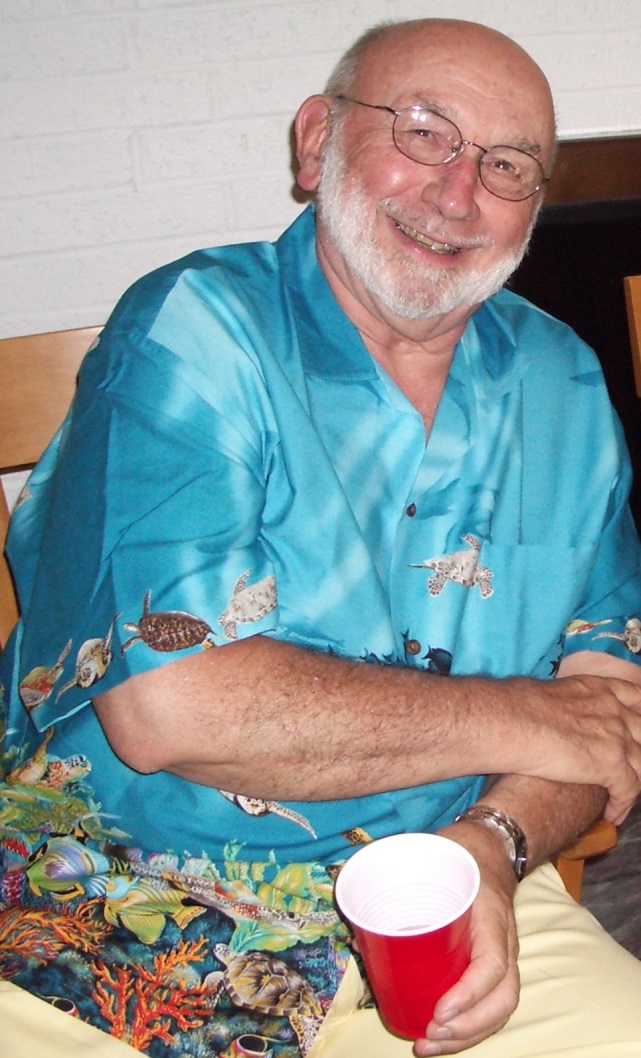Otto Kroeger was born on April 15. The founding partner of OKA died in 2013, but his memory is constant for the many thousands who knew him, and his fingerprints are all over not just OKA, but the field he helped to shape. The following is a remembrance of this man I so dearly miss.
Otto the Sage

 The Sage Archetype is a narrative of striving for independence through deep knowledge and expertise. The Sage is the wise old man or woman who has toiled to understand, to “get it”, to know. The tone of this narrative is scholarly, thoughtful, pensive and wise.
The Sage Archetype is a narrative of striving for independence through deep knowledge and expertise. The Sage is the wise old man or woman who has toiled to understand, to “get it”, to know. The tone of this narrative is scholarly, thoughtful, pensive and wise.
Otto Kroeger lived a Sage’s story. An academic high-achiever, young Otto quickly became a rising star in the Lutheran Church, with a remarkable ability to compose stirring sermons, quote chapter and verse, and read the Book of John in its original Greek. When he left the ministry for a career in counseling and then consulting, he took on Jung’s work and the MBTI with his typical intensity and focus.
Otto personally trained tens of thousands of people while designing and delivering the first MBTI Certification workshop, years before the tool’s publisher even required one. He wrote a number of popular books, including Type Talk At Work, one the best-selling and most referenced Type support tools ever published. In the last 20 years of his career, Otto derived a system of MBTI interpretation that enabled the accurate prediction of attrition rates for entering college freshmen. In a five-year blind longitudinal study, Otto was never less than 65% accurate in predicting who would drop out of school and for what reason.
Otto’s academic, literary, creative and research-based contributions continue to reverberate all around us. Otto was a Sage.
Otto the Jester
 The Jester Archetype is a narrative of joy, having fun and being in the moment. The Jester is the joker, the comedian who laughs at the serious and meets stress, toil and set-backs with lightness and humor.
The Jester Archetype is a narrative of joy, having fun and being in the moment. The Jester is the joker, the comedian who laughs at the serious and meets stress, toil and set-backs with lightness and humor.
Otto was a Jester. He loved a good joke and told them all the time–the bawdier the better. He met the world with a zesty story, a devilish smile and an infectious laugh. Half world-class trainer and half comedian, he had a knack for bringing great insight to groups on waves of laughter. The irreverent side of the Jester was never far from Otto either. He loved being the board room consultant or the key note speaker who shows up wearing shorts, multi-colored suspenders, a crazy hat, or his signature apron with souvenir pins from over 100 past clients.
 Otto was a Sage—he help to found, deepen and then challenge the Type community. Without his intellectual efforts and achievements, the MBTI would be harder to use and far fewer people would understand it as well as they do today. But Otto was also a Jester who knew how to draw and win over a crowd—how to hook them. The MBTI would not be nearly as popular today had its most entertaining ambassador not taken up the tool in 1967.
Otto was a Sage—he help to found, deepen and then challenge the Type community. Without his intellectual efforts and achievements, the MBTI would be harder to use and far fewer people would understand it as well as they do today. But Otto was also a Jester who knew how to draw and win over a crowd—how to hook them. The MBTI would not be nearly as popular today had its most entertaining ambassador not taken up the tool in 1967.
The lens of the archetypes (as defined by Carol Pearson with the Pearson-Marr Archetype Indicator or PMAI) shines a helpful light on a struggle Otto had over the last chapter of his life. The Jester and the Sage are narratives with opposing energies. One is serious and scholarly while the other intentionally undercuts that seriousness with jokes and humor. Each story arcs toward a different outcome, and success in one story can work against success in the other.
Otto’s struggle was that the inner circle of the Myers-Briggs community—the thought-leaders selected to shape the instrument’s spin-off reports and future direction—wanted nothing to do with Otto, whose group antics and clowning they regarded as undignified and silly. This group of Sages could not see past Otto’s Jester story to the deep and powerful scholar and thought-leader he had been from the start. While Otto was always popular, he was consistently excluded from this inner-circle to his disappointment and frustration.
Jesters are not supposed to be taken seriously, but Sages are broken when they are not. Otto had a long, happy and successful life, but he left this world with that narrative tension unresolved.
When I’m working with the archetypes—my own or those of clients, I remember Otto’s struggle and bring some focus to alignment and compatibility of someone’s narratives as well as whether each story is arcing toward a happy ending. This helps me move beyond simple identification of the archetypes to the application of this information. This is yet another way Otto’s Sage hand continues to guide me and the work we do at OKA.
 OKA’s Narrative Intelligence Workbook is a great introduction to the model of the archetypes and their use. Otto lives on at OKA–not only in this workbook–but in every training we design and deliver. For more information on Narrative Intelligence or the other trainings and tools OKA offers, visit us online.
OKA’s Narrative Intelligence Workbook is a great introduction to the model of the archetypes and their use. Otto lives on at OKA–not only in this workbook–but in every training we design and deliver. For more information on Narrative Intelligence or the other trainings and tools OKA offers, visit us online.
Other Otto Remembrances:
- Relinquishment, Diminishment, and Otto’s Big Mouth
- 11 Otto Lessons
- The Teacher Showman
- Intimacy and the Feeling Functions
- How To Be an Enchanting Partner (or Friend)
- Otto’s Hamburger Example


What a remarkable tribute, Hile! Thank you for sharing your thoughts about him with the world. I have Otto’s birthday scheduled on my Outlook Calendar so it alerts me and I can celebrate remembrances of him on his April 15 birthday every year. I consider myself fortunate and blessed to have been a part of his circle, like you. The Sage and Jester archetypes as you describe them fit him beautifully — he seemed so real, so big, and so present with me as I read your post. Another visual that kept coming back to me was Otto’s portrayal of the character Tevye from Fiddler on the Roof, who he was privileged to act on the stage as in public theaters many times throughout his adult life. He would often break out in the role of Tevye and sing during an MBTI Certifying Workshop. It’s especially poignant to think of one of the Fiddler on the Roof songs that meant so much to him, “Do You Love Me?” Yes, Otto, WE LOVED YOU!
HIle. What a brilliant way to capture Otto….. Hard to believe it has been two years. I still miss our yearly phone conversations at this time of the year. I am always thankful that Otto was able to get down here to Australia as often as he did.